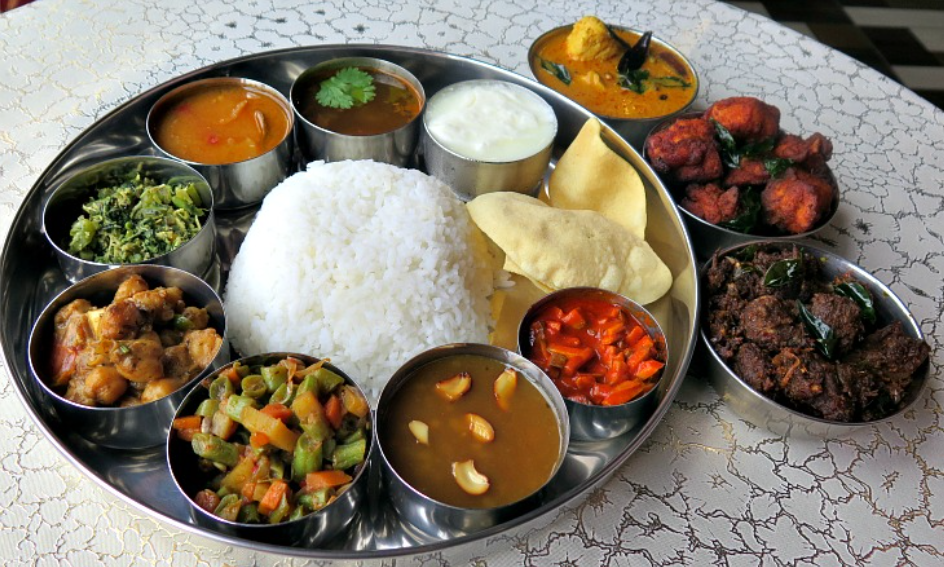Being a south Indian, I love the huge plate of Thali that has a wide varieties of tastes that can romance with your taste buds. One best thing about Thalis is that they give you the feeling of ‘completeness’ and ‘satisfaction’! The idea of thalis started from the ancient Indian concept of six tastes – sweet(inippu), sour(pulippu), bitter(kasappu), pungent(kaarppu), salty(uvarppu) and astringent(thuvarppu). People wanted all these tastes to be included in a single meal and hence came up with thalis. These six tastes have to be included in our diet as per ancient ayurvedic philosophies. Now lets look at some of the items in a typical vegetarian Thali.
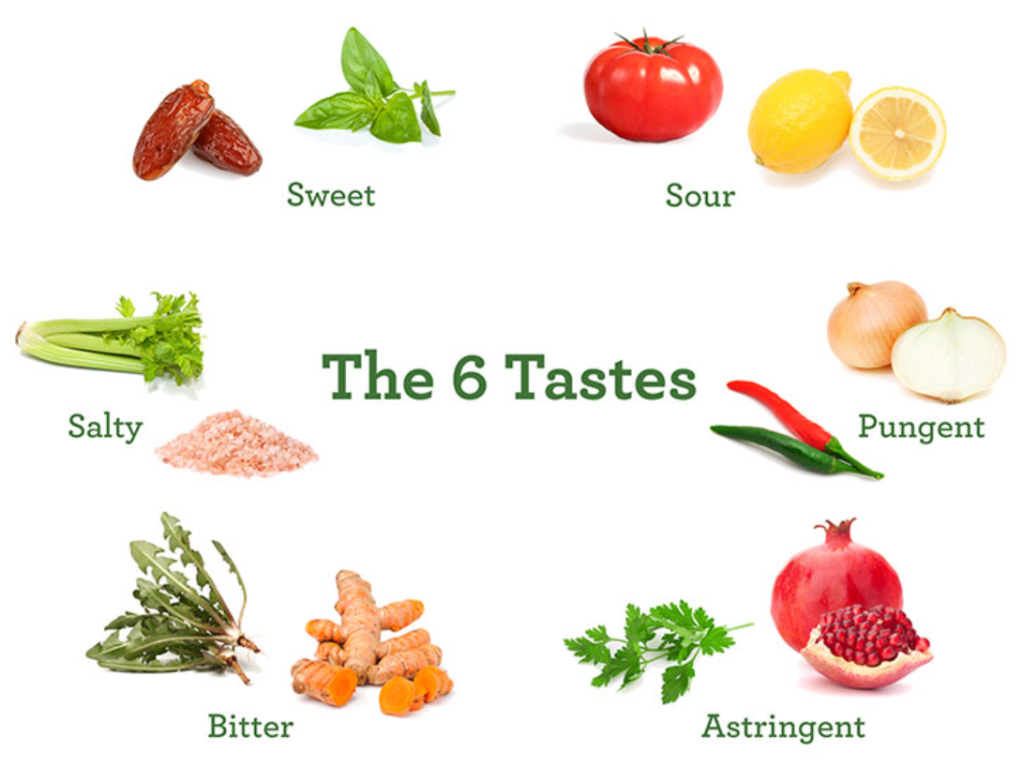
1. Sweet
Any beginnings should be made sweet and that is why a Thali also contains a sweet. People usually start the meal by eating the sweet first. Usually, halwa (an Indian sweet made of flour and sugar) is served. But there are no restrictions as other sweets such as laddu, milk sweets, etc. can also be served on Thalis.

2. Vada
A typical Indian snack item that is made of dal, Vada is a must in a thali. Along with that, other snacks items such as banana chips, etc. are also found. They accompany the sweet and are the perfect counterpart for the sweet to balance out its sweetness.
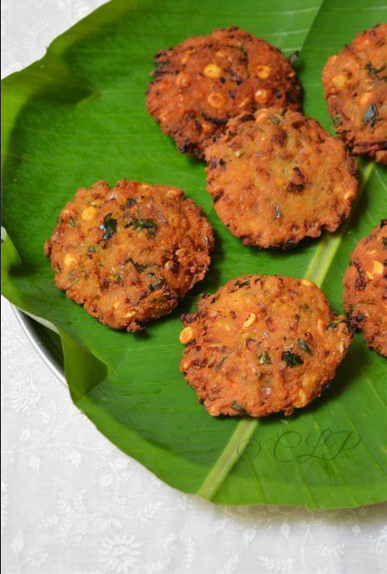
3. Rice
Coming to the main staple item, the rice. The form of rice varies across the different parts of South India. In Tamil Nadu, usually white rice is served. In Kerala, red parboiled rice(mattai arisi) is served. In Karnataka, mostly variety rice such as Bisibellabath, Vangibaath, etc. are served. In addition, roti (Indian bread) can also be served.

4. Sambar (Dal Curry)
An Indian curry made out of dal and vegetables is a perfect partner with your rice. Vegetables like carrot, brinjal, potatoes, etc. can be added to Sambar.

5. Pulikulambu (Sour Curry)
Pulikulambu, also known as Vathakulambu or Kaara Kulambu is a curry that is made out of tamarind. It accounts for the sour taste and is made from vegetables like brinjal and ladies finger.
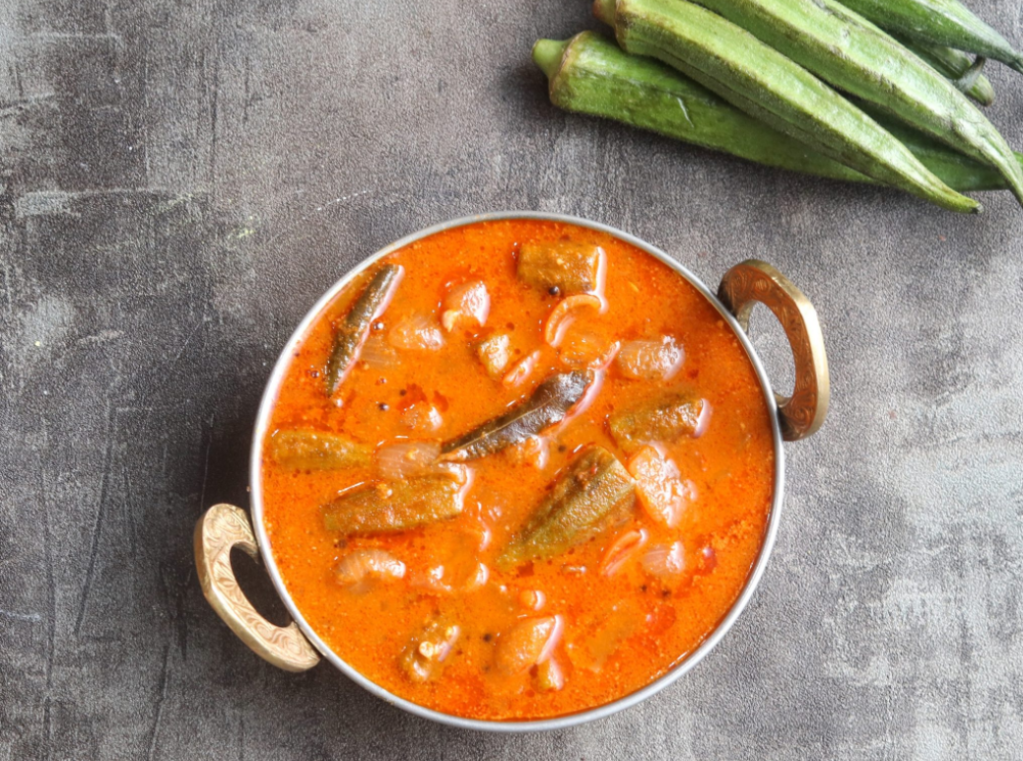
6. Rasam
Rasam is an Indian soup that is made of tomato, dal water and a lot of spices. Since it contains spices like cumin and pepper, it helps in digestion of food and is an important component of a south Indian diet.
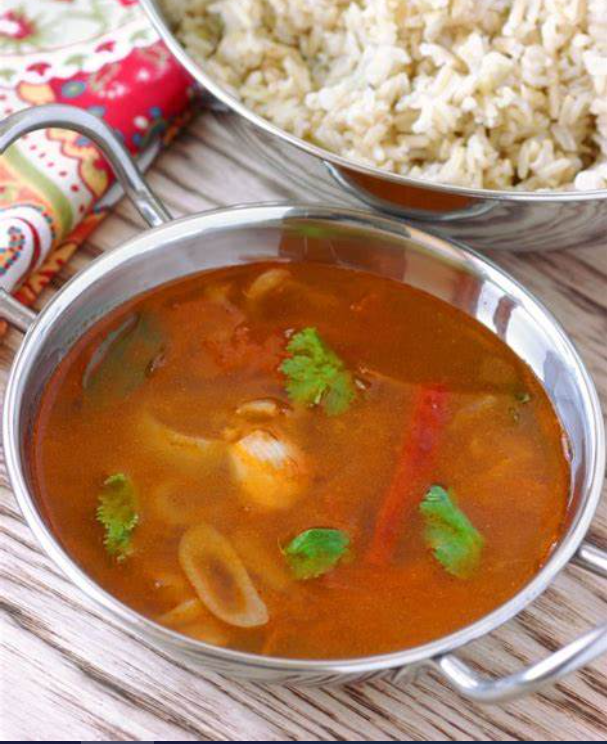
7. Curd
Curd rice is the best meal to end the main course. It adds lactic content to our meal and also helps in digestion. Curd rice will help you feel the typical lightness to finish your meal.
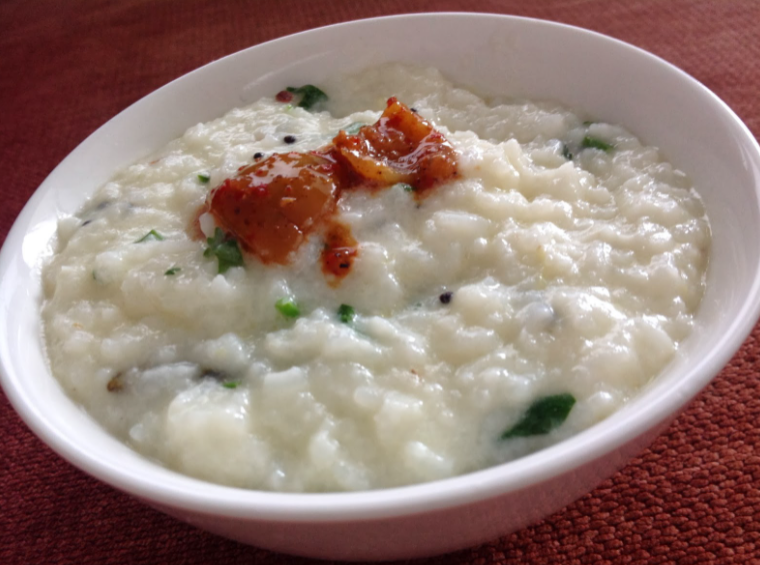
8. Kootu and Poriyal
A Thali will have a minimum of two side dish items, kootu (vegetables and dal) and a poriyal( stir fried vegetables). In addition, other side dishes are also added to the menu. Along with that, papads and pickles are also served.

9. Payasam
Payasam is a sweet dish that is made out of milk, sugar, and other ingredients. It is a pefect dessert to have after completing a meal. Many variants of Payasam are available ranging from milk Payasam to Dal Payasam. Each has its own unique flavour and taste. Payasam goes well with Papad and Vada.

10. Betel Nut(Vetrilai)
Finally, to finish off the meal, people have betel nuts(beeda) as it helps in digestion. People who do not like betel nuts can switch for alternatives like Ice cream, but traditionally, betel nuts are the preferred way to end your heavy thali meal.

That brings us to a wrap and that is how a typical South Indian Thali will look like. When you visit South India, definitely try this South Indian Thali (or full meals) in a nice Vegetarian hotel. Even if you are a non-vegetarian, you get plenty of side dishes made of chicken, egg, mutton, and seafood, all in a single platter. Thali meals, in my opinion are like an adventure. Go with an empty stomach and enjoy the adventure!
